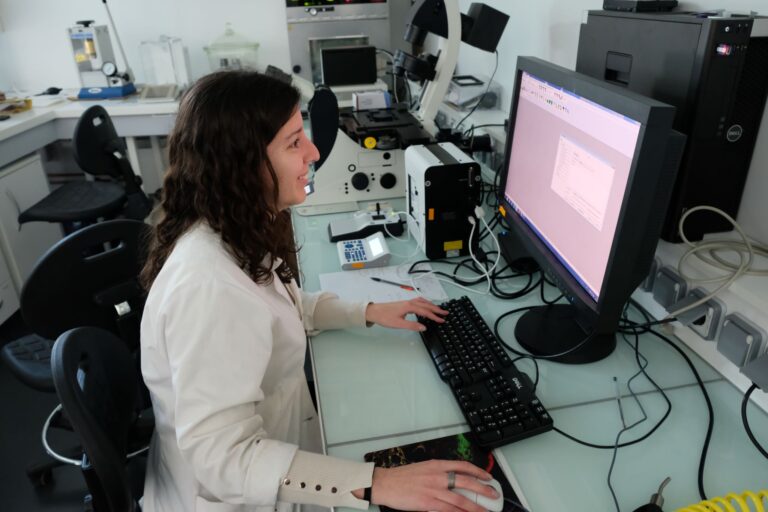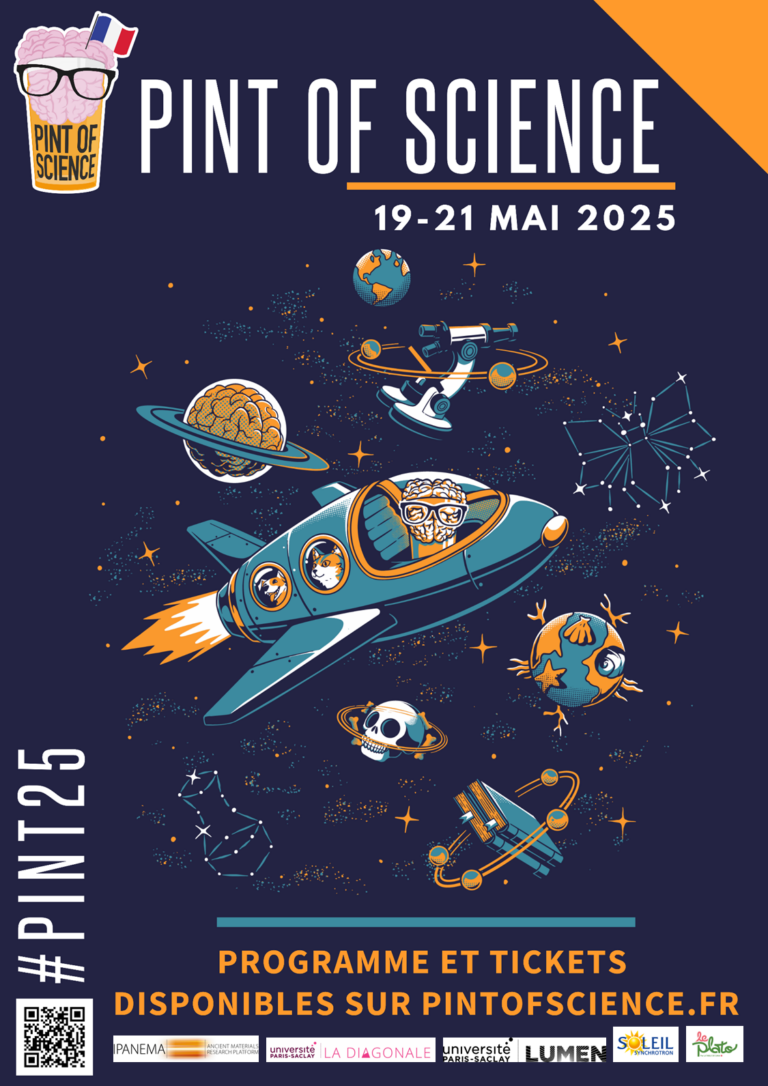This one-day seminar is organised on the occasion of Veronica de Carvalho Teixeira’s invited professorship at ENS Paris-Saclay.
XEOL (X-ray excited optical luminescence), PL (photoluminescence), CL (cathodoluminescence), and FLIM (fluorescence life-time imaging) are different modalities that can provide information from luminescent (fluorescent, phosphorescent) compounds, using different excitation probes: X-ray, ultraviolet and visible photons, or electrons. The use of these different approaches has increased considerably in recent years in heritage studies, as they make it possible to study the electronic properties of compounds, in some cases at trace level, which can be highly diagnostic of the composition and speciation of molecular markers in art, archaeological and paleontological objects – to document objects history and alteration.
Espace Simondon, Salle 1B26, ENS Paris-Saclay, 4 avenue des Sciences – 91190 Gif-sur-Yvette
Inscriptions are now open here.
Comité d’organisation :
- Loïc Bertrand (PPSM – CNRS, ENS-Paris-Saclay)
- Sophie David (PPSM – CNRS, ENS-Paris-Saclay)
- Verônica de Carvalho Teixeira (Centro Nacional de Pesquisa em Energia e Materiais, Campinas, Brésil ; professeure invitée au PPSM – CNRS, ENS-Paris-Saclay)
This event was partially funded by the France 2030 programme « ANR-11-IDEX-0003 » via Integrative Institute of Materials from Paris-Saclay University – 2IM@UPSaclay. It is part of the activities of the Collaborating Center « Atoms for Heritage » of the International Atomic Energy Agency (IAEA) and the Université Paris-Saclay.




